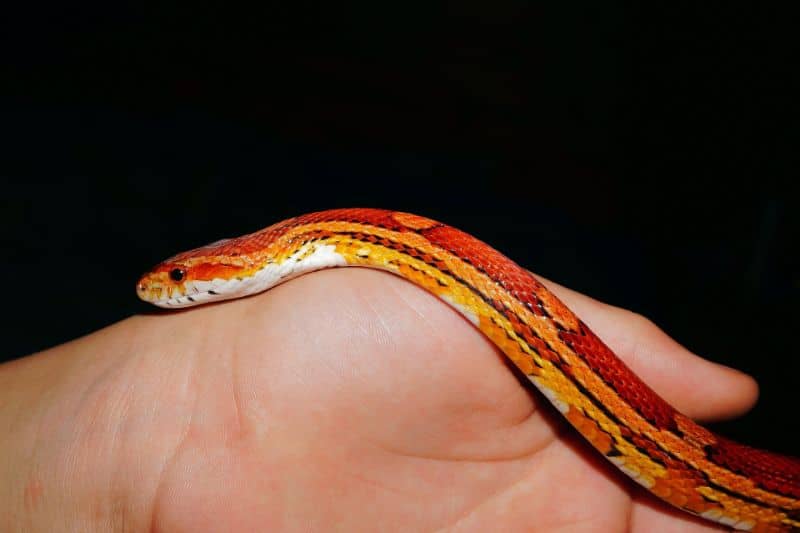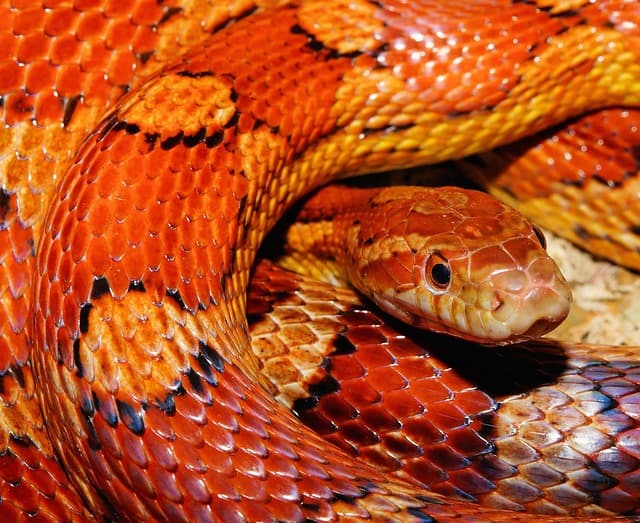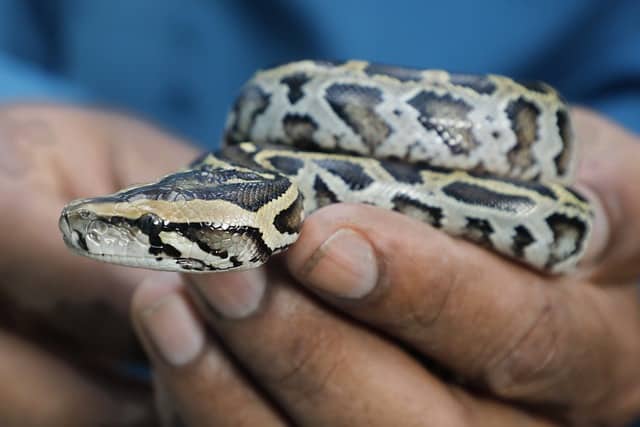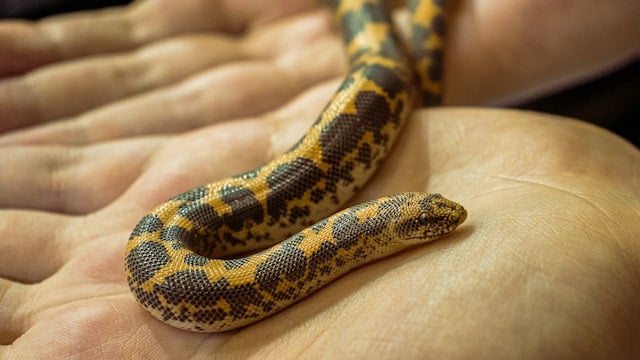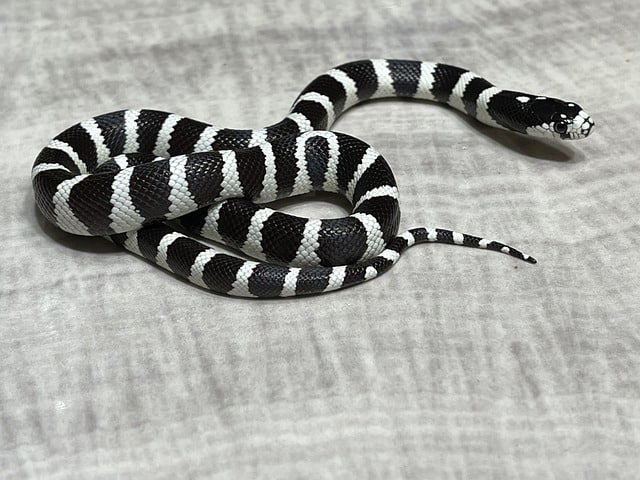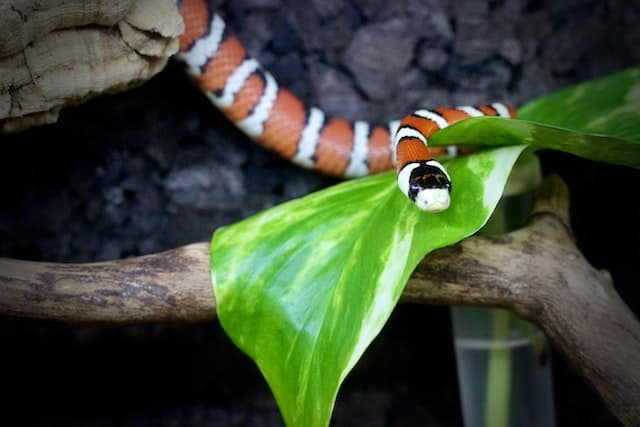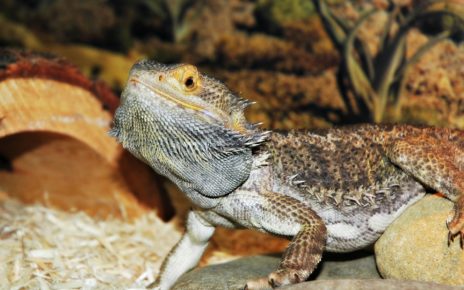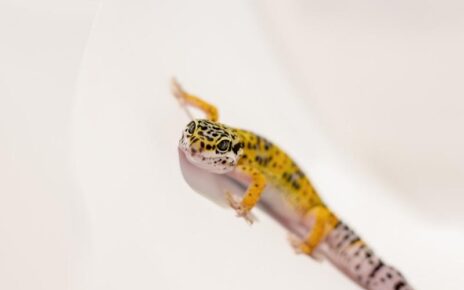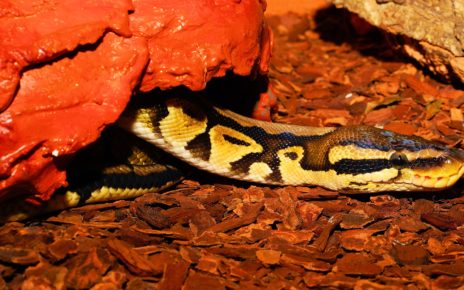Snakes have long been feared and misunderstood, but did you know that some snakes can actually be quite friendly? From the calm and laid-back corn snake to the curious and inquisitive ball python, there are many types of snakes that can make great companions. In this article, we’ll look at what makes some snakes so friendly and explore some of the most popular pet snakes that make wonderful pets.
Corn Snake (Elaphe g. guttata)
The corn snake (Elaphe g. guttata) is a species of rat snake found throughout the eastern and central United States. It is a non-venomous constrictor, typically growing to an average length of 3-5 feet, although they have been known to reach lengths of up to 6 feet. Corn snakes are typically red or orange in color, with a distinctive pattern of black and yellow blotches down their sides. They also have a white or yellow belly, and black around their mouth and nose.
Behavior
Corn snakes are generally shy and non-aggressive. They prefer to hide from predators, and will typically flee from humans when encountered in the wild. When kept as pets, however, they can become quite docile and, if handled regularly, will eventually become comfortable around humans. They typically do not bite, although they may hiss to show their displeasure.
Handling
When handling a corn snake, it is important to be gentle and to handle them slowly. They should always be supported along their body and not just picked up by their head. Corn snakes are particularly sensitive to temperature, so it is important to handle them in a warm environment to avoid stress. It is also important to wash your hands before and after handling the snake, as they can easily become sick from bacteria.
Feeding
Corn snakes typically feed on small rodents, such as mice or rats. In captivity, they can be fed pre-killed frozen rodents, which should be thawed before feeding. They should be fed once every 7-10 days, and should not be overfed as this can lead to health problems. Corn snakes should be given a variety of different prey items to ensure they receive all the necessary nutrients.
Ball Python (Python regius)
The Ball Python is one of the most popular pet snakes and is known for its friendly nature. It is a non-venomous snake that is native to parts of West and Central Africa. It has a yellowish-brown color with dark brown spots and stripes along its body and can grow up to 3 to 5 feet long. It has a wide, triangular head and its scales are smooth and glossy.
Behavior:
The Ball Python is a docile snake and is usually very calm and relaxed. They are usually solitary animals, so they don’t need to be housed with other snakes. They tend to be more active at night and during the day they will hide in their enclosure. When they feel threatened, they will curl up into a tight ball.
Handling:
Ball Pythons are quite gentle and can be easily handled. They should be held firmly but gently and should not be squeezed or held too tightly. When handling the snake, it should be supported with both hands to make sure it feels secure and safe.
Feeding:
Ball Pythons should be fed a diet of frozen/thawed mice or rats, depending on the size of the snake. They should be fed on a regular schedule and be given one mouse or rat every 7-10 days. The size of the prey should be no larger than the width of the snake’s head.
Kenyan Sand Boa (Eryx c. loveridgei)
The Kenyan Sand Boa (Eryx c. loveridgei) is a small, non-venomous snake native to Kenya, Somalia and Ethiopia. It has a short, stout body and averages between 12 and 18 inches in length. Its scales are usually brown or tan in color and have black or dark brown markings. Its head is triangular shaped with a blunt snout and it has a stubby tail. Kenyan Sand Boas are burrowing snakes, with small scales on their belly, allowing them to move easily through sand and soil.
Behavior
Kenyan Sand Boas are generally nocturnal and prefer to hide during the day, usually beneath rocks, logs, or in the burrows of other animals. They are shy and secretive and do not generally interact with other snakes or animals. They are also solitary animals and do not need to be housed with other Kenyan Sand Boas.
Handling
Kenyan Sand Boas are generally quite docile and easy to handle. They can be handled safely once they have settled into their new environment and become accustomed to their new keeper. When handling a Kenyan Sand Boa, it is important to support the entire body and avoid sudden movements. It is also important to provide a safe, secure space to handle the snake and prevent it from escaping.
Feeding
Kenyan Sand Boas are primarily insectivorous, eating a diet of small feeder insects such as crickets, mealworms, and roaches. They can also be fed pinky mice, though this should be done sparingly. It is important to dust their food with a calcium supplement to ensure proper nutrition. Kenyan Sand Boas should be fed small meals, no larger than the size of the snake’s head.
California King Snake (Lampropeltis g. californiae)
The California King Snake is a non-venomous species of snake, found in the western parts of the United States of America. It is a medium-sized snake, typically measuring between 3 and 4 feet in length, and has a speckled black, white and yellow pattern. Its head is usually a bit darker than its body, and it has a rounded snout with a white line running from the eye to the corner of its mouth.
Behavior:
The California King Snake is a solitary creature, and is most active during the day. It prefers to live in a variety of habitats, including deserts, semiarid regions, rocky hillsides, and open woodlands. It is mainly a ground-dwelling species, but is also known to climb trees and bushes. It is a constrictor, and feeds mainly on small mammals and other snakes.
Handling:
The California King Snake is generally considered to be a good species for handling. It is docile, and rarely bites or strikes when handled. It is also quite tolerant of being handled, and can be handled for extended periods of time. However, it is important to remember to handle the snake gently, and to never pick it up by its tail.
Feeding:
The California King Snake is an opportunistic feeder, and will eat a variety of animals. It typically feeds on small mammals, such as mice, rats, and gophers, as well as other snakes, lizards, and amphibians. It is important to feed the snake well-balanced meals, and to avoid overfeeding it. Live prey should be avoided, as it can be harmful to the snake’s health.
Hognose Snakes
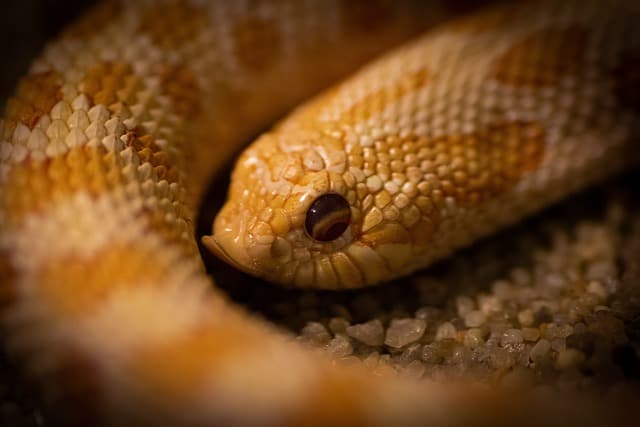
The Hognose Snake is a relatively small snake that typically grows to a length of 12 to 24 inches. It has a wide, flat head and a pointed snout that gives it its name. Its scales are typically brown or gray, with dark patterned markings on its back and sides. It has a unique ability to “play dead” when threatened, which has earned it the nickname “Hissing Adders”.
Behavior:
The Hognose Snake is generally a docile, mild-mannered creature. It will rarely bite if handled, and even then only as a defensive measure. It will, however, often “hiss” and flatten its head, as if it were about to strike. Despite this, it is not venomous and poses no real danger.
Handling:
Hognose Snakes are typically very easy to handle, as long as they are treated with respect. They should be picked up by supporting their body, rather than their head. It is also important to be gentle when handling them, as they are known to be one of the more fragile species of snakes.
Feeding:
Hognose Snakes are typically carnivorous, and enjoy a diet of small mammals, such as mice and hamsters. They should not be fed live prey, as this can be dangerous for them. Instead, they should be fed pre-killed, frozen prey. This should be fed to them no more than once or twice a week, as they are prone to becoming overweight if overfed.
Rosy Boas

Rosy boas are an ideal pet snake for many reasons, not least of which is their friendly temperament. They are small, non-venomous constrictors found in the deserts of California, Arizona, and northern Mexico, and typically grow to about 3-4 feet in length. Rosy boas come in a variety of colors and patterns, ranging from the classic “pink” or “rosy” hue to tan, gray, brown, and even white. They also have a distinctive pattern of darker stripes along their bodies, which often fades as they mature. All of these features make rosy boas an attractive and interesting species to observe.
Behavior:
Rosy boas are typically docile, curious, and easy to handle. They are largely nocturnal, so they’re more active during the night. During the day, they’ll often seek out warm and safe places to rest and hide, such as amongst logs and rocks. They’re solitary animals, so they’re not usually found in groups.
Handling:
Rosy boas are generally quite comfortable being handled, and they’re not known to be aggressive. However, it’s important to remember that they are still wild animals, so it’s important to handle them gently and carefully. When handling a rosy boa, always be sure to support its entire body, as they don’t have the strength to hold themselves up when being held.
Feeding:
Rosy boas are relatively easy to feed, as they’ll take pre-killed or frozen prey items, such as mice and small lizards. They should be offered food no more than once a week, and should be monitored closely to ensure that they’re eating enough. Rosy boas are slow-growing snakes, so it’s important to ensure that they’re getting enough food to support their growth.
Gopher Snake
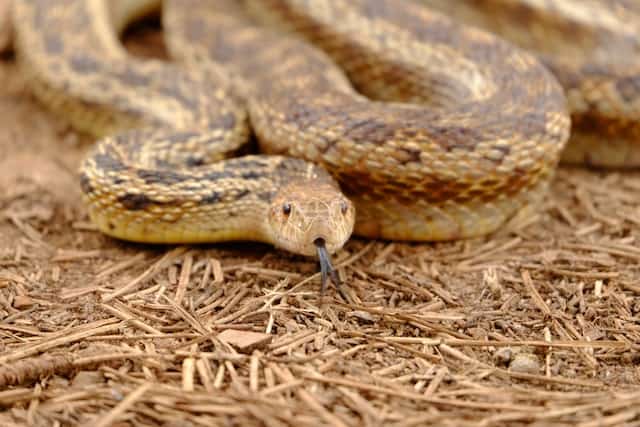
Gopher snakes (Pituophis catenifer), also known as bull snakes, are large, non-venomous constrictors that are found throughout the western United States, as well as parts of Mexico and Canada. They are characterized by their long, slender bodies, with scales arranged in a pattern of alternating light and dark brown or gray bands. They have prominent eyes, and their heads are slightly wider than the rest of their body. Gopher snakes can grow up to 8 feet long.
Behavior:
Gopher snakes are diurnal animals, meaning they are most active during the day. They are typically solitary animals, only coming together during the mating season. They are excellent diggers and climbers, and their long bodies are perfect for traveling through burrows and holes. They are also adept swimmers, and have been known to swim across rivers and streams.
Handling:
Gopher snakes are generally docile and make good pets. They can be handled safely if done properly, but should always be supervised by an experienced handler. When being handled, they should be supported from the middle of their body and never be picked up by their tail. It is important to provide them with a secure enclosure and provide them with the necessary heating and hiding places to ensure their wellbeing.
Feeding:
Gopher snakes eat small mammals, such as mice and rats, as well as lizards, frogs, and other small animals. They should be provided with an appropriate diet that is supplemented with vitamins and minerals. They should also be fed a variety of insects, as well as fruits and vegetables. It is important to provide them with enough food to meet their dietary requirements, as they may become stressed and become aggressive if they are not properly fed.
Milk Snake (Lampropeltis triangulum)
Milk snakes are a type of colubrid snake that are typically medium-sized and have slender bodies. They are a non-venomous species and have a wide variety of colors and patterns. The most common colors are black and white, red, yellow, and orange, with the head usually being one solid color and the body being patterned. Milk snakes are also known for their bright, glossy scales.
Behavior:
Milk snakes are usually active during the day and tend to be very docile. They are non-venomous and therefore do not pose any threat to humans. Because they are terrestrial snakes, they spend most of their time on the ground. They are also known to be quite shy and will usually hide when they feel threatened.
Handling:
Milk snakes are generally considered to be quite docile, making them relatively easy to handle. When handling a milk snake, the handler should be sure to support the snake’s body and be gentle. It is important to be aware of the snake’s body language and to not handle it for too long, as it can become stressed.
Feeding:
Milk snakes are typically carnivorous, but some may also eat insects. They generally eat mice, rats, and other small rodents, and should be fed prey that is no bigger than the widest part of their body. They should be fed a few times a week, and the amount they eat should be monitored. It is important to never feed a docile domesticated milk snake live prey, as this can be dangerous.

